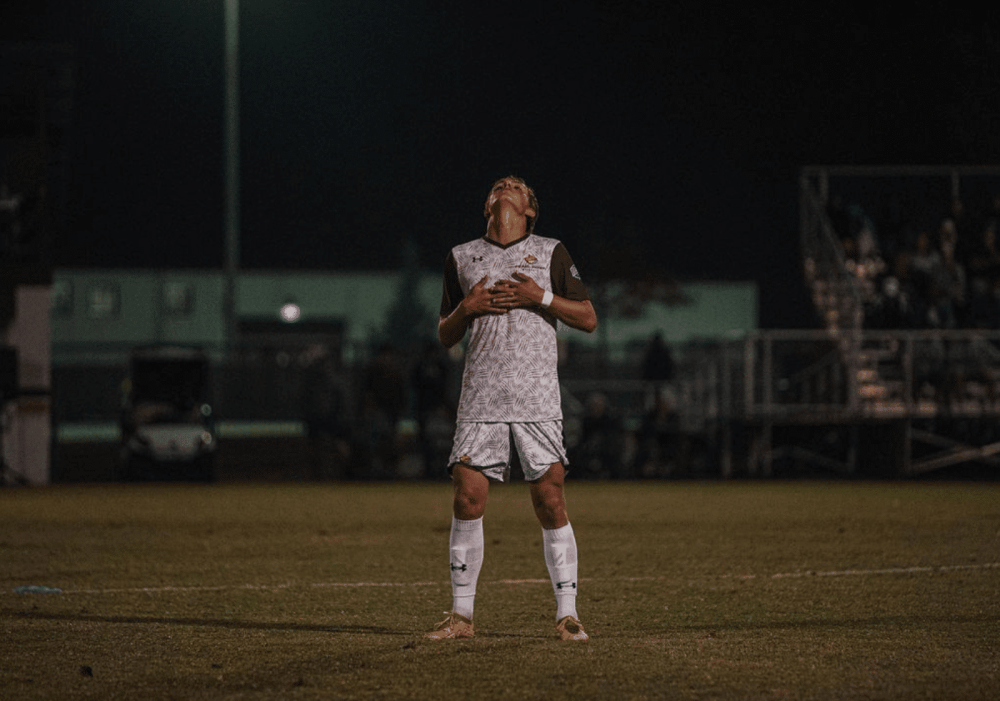Wall of 2023: Our clients’ awards & accolades
The 2023 college season is now over!
From September to mid-December, there are countless college football games played in the US. During this time, the short and intense college season is in full swing. The many different universities compete to advance from their own conference (their region) to play in the playoffs; the one that gives them a ticket to the national championships and the greatest honor they can achieve in the college game.
More than 80,000 players are spread across the three federations – of course, not everyone makes it all the way. Fortunately, american culture has always celebrated individual achievement. They do this through a variety of different and very traditional awards.
This year we have a lot of players who have received these awards. More than ever before. We’re really proud of that.
Our best year yet!
Our first official recruitment year was in 2020. Back then, we sent around 20 clients to the US. Some of them are still in college today, while a host of new clients have come and gone across the Atlantic. Today, we have just over 120 active student-athletes in the US. Of the 120 active student-athletes, 24 of our clients have received awards this year.
Take a look at them here 😎.
Wall of 2023
NCAA Division 1 awards
Our clients in NCAA Division 1 have certainly excelled.
8 different players have received awards for their performances in the past college season.
Notice heavyweight titles like Player of the Year and Freshman of the Year.

Nikolaj Røjel
SoCon

Oliver Møller
ACC

Victor Faaborg
Big South

Mikkel Gøling
Big West

Jonas Lyshøj
America East

Alexander Stjernegård
Sun Belt

Magnus Kjøller
SoCon

Villads Landsperg
SoCon
Awards in NCAA Division 2
Our clients in NCAA Division 2 have certainly excelled.
4 different players have received awards for their performance in the past college season.
Notice notice Søren Jensen who was the best goalkeeper in his region.

Søren Jensen
NE10

Marc Birkelund
Peach Belt

Mads Frederiksen
CCAA

Julie Andersen
GAC
Awards in the NAIA
Our clients at NAIA have certainly performed as well.
5 different players have received awards for their performances in the past college season.
Notice Simon Blæsdahl’s title as Freshman of the Year.

Simon Blæsdahl
CCAC

David Ambæk
WHAC

Karl-Emil Andersen
Mid South

Marc Boye
Mid South

Christian Hauge
Mid South
Awards in the NJCAA
Our Junior College clients have also performed at a high level.
We dare to promise that some of these players below will be at NCAA Division 1 schools in the near future.
7 different players have received awards for their achievements.
Notice the 2 All American titles that cover all the players in the country in the NJCAA.

Viktor Højbjerg
Region XIV

Ato Junior
NJCAA

Christopher Dommer
NJCAA

Amelie Wittenkamp
MACCC

Victor Mørck
MGCCC

Andreas WInther
NJCAA

Khaya Gregory
NJCAA
Next up: College Season 2024. Are you next?
We are currently recruiting talented young players for the new college year in 2024. It will be our biggest and best group of clients to date!
Do you want to be a Student Athlete in the USA or are you just curious about the whole college world?
We’d love to talk to you about your situation and your options in the US. Write to us
right here.
Wall of 2023: Our clients’ awards & accolades Read More »



































